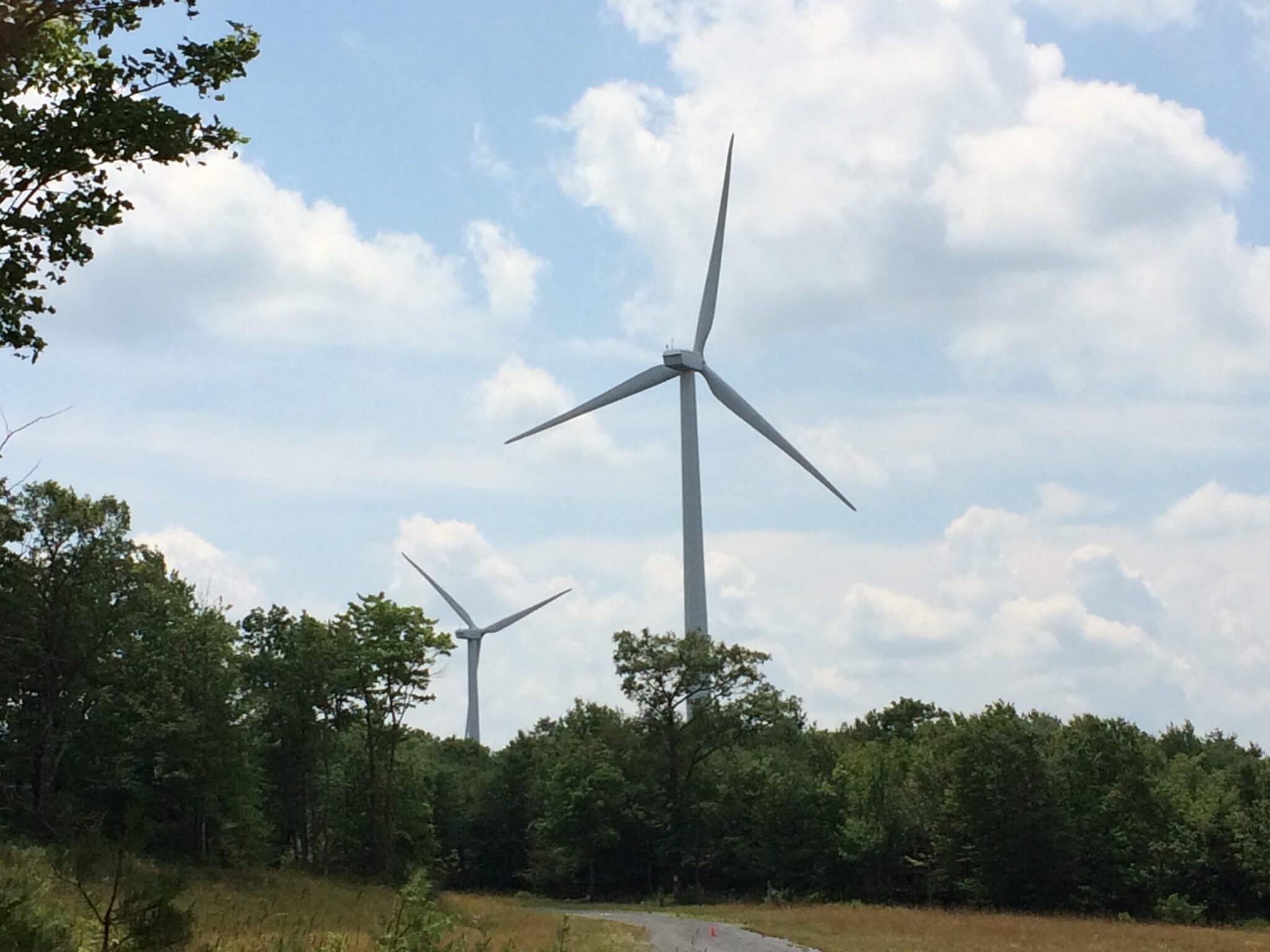American wind power thriving through first half of 2016
This column originally appeared in the Huffington Post.
When Congress passed a five-year extension of the renewable energy Production Tax Credit (PTC) with bipartisan support last December, the U.S. wind industry finally had what we’ve sought for years: long-term policy certainty.
This meant a business environment primed for success, and a chance for our companies to harness America’s world-class wind resources for families and businesses across the nation.
Through the first half of 2016, that’s exactly what has happened.
On July 27, electric and gas utility Alliant Energy announced a deal to invest $1 billion in hundreds of more wind turbines in Iowa. Alliant will expand the Whispering Willow wind farm there from 200 megawatts (MW) to 700, making it one of the country’s largest wind farms.
Today, over 18 gigawatts (GW) of new wind projects are either under construction or in the advanced stages of development. That’s enough new electricity for nearly 5 million American homes, with more projects on the horizon.
Such large-scale utility-owned projects bring large-scale benefits to surrounding communities.
Other examples of the trend occurred when MidAmerican Energy announced this spring it would build a wind farm up to 2,000 MW in size, also to be constructed in the Hawkeye State; and Xcel Energy announced plans for another 600 MW in Colorado.
Utility projects like these are creating thousands of well-paying jobs in the long-term, and providing clean, low-cost electricity for American families and businesses.
Further demand for wind power is being fueled by big retailers and manufacturers themselves. Target is the latest household name to join the action, earlier this month announcing the purchase of enough wind energy from a Texas wind farm to power 60 of its stores in the Lone Star State. Other corporate deals from 2016’s second quarter include wind purchases from Google Energy, Dow Chemical, and Digital Realty, which bought enough wind power to offset the energy footprint for all of its U.S. data centers and interconnections.
Utilities and corporate energy buyers are adding wind to their portfolios because it’s often the most cost-effective source of electricity. In many parts of the U.S., wind is now the cheapest source of new electric generating capacity, and it’s cost competitive in many more – especially because low prices can be locked in for 20 years or more, hedging against fuel price spikes.
That’s because American innovation and enhanced domestic manufacturing have driven wind’s costs down by two-thirds over the last six years. Technological advances mean wind turbines can access stronger, steadier winds, making projects financially viable in more parts of the country. Later this year, North Carolina’s first utility-scale wind farm is slated to come online, while off the coast of Rhode Island, America’s first offshore wind farm is about to start generating electricity. Just a few years ago, these projects would not have been impossible.
Americans want to see more progress like this. Ninety-one percent of likely voters want to continue expanding wind energy, according to a recent poll by Wall Street investment firm Lazard, Inc. That includes support from both sides of the aisle, and more than eight in 10 self-described conservatives (up dramatically since the last presidential election).
Obstacles do remain, chief among them transmission: We need to build the necessary wires and update the electric grid to handle 21st-century needs.
In the past, we built railroads to transport coal and pipelines to move natural gas. It’s time to once again take action and build transmission lines to move this cheap, pollution-free electricity from the windiest parts of the country to towns and cities where it’s needed the most.
Studies show this doesn’t need to be an expensive undertaking, and transmission can more than pay for itself. Improved transmission could save consumers up to $47 billion on their electric bills, according to a recent white paper from the Brattle Group, while the Southwest Power Pool and the Midcontinent Independent Systems Operator, grid managers for a combined 29 states, found savings of between $800 and $1,000 per customer.
Modern wind turbines have turned out to be some of the best infrastructure America has ever built. Now we need to finish the job.





